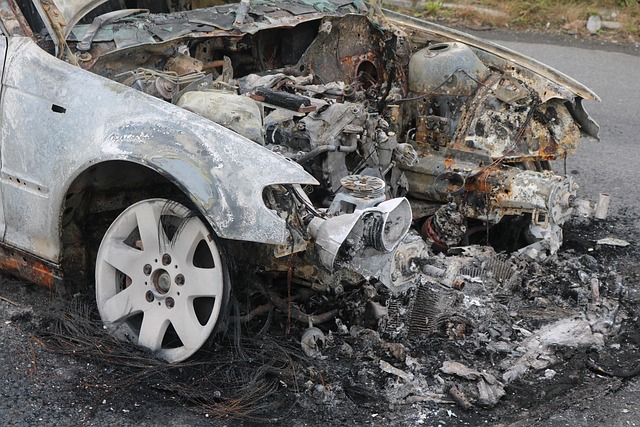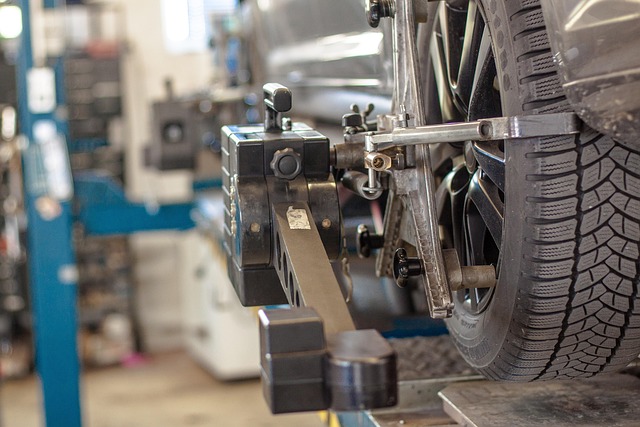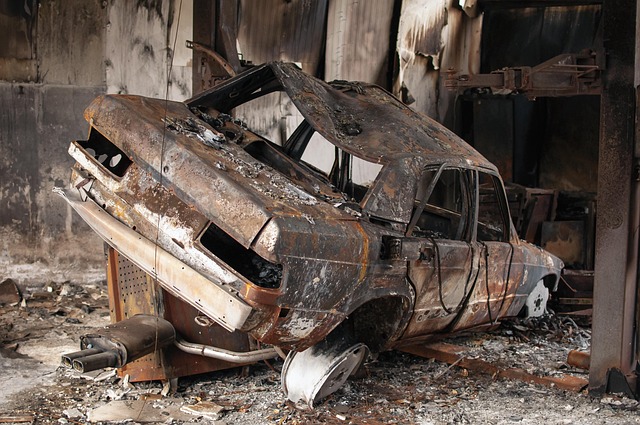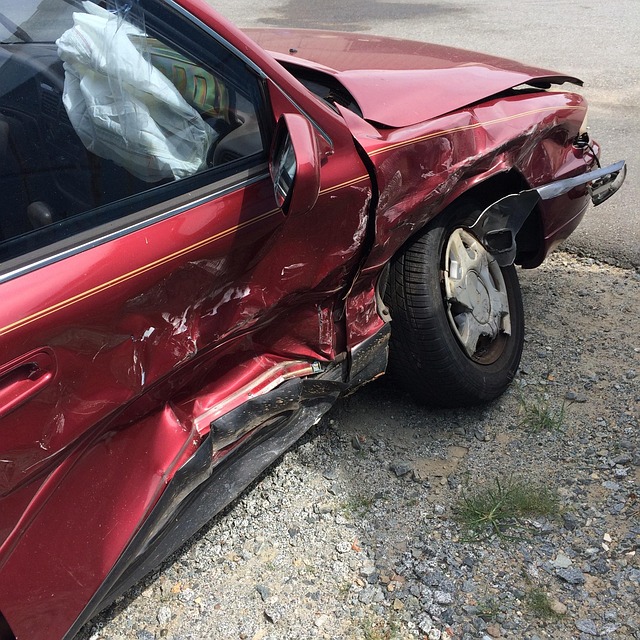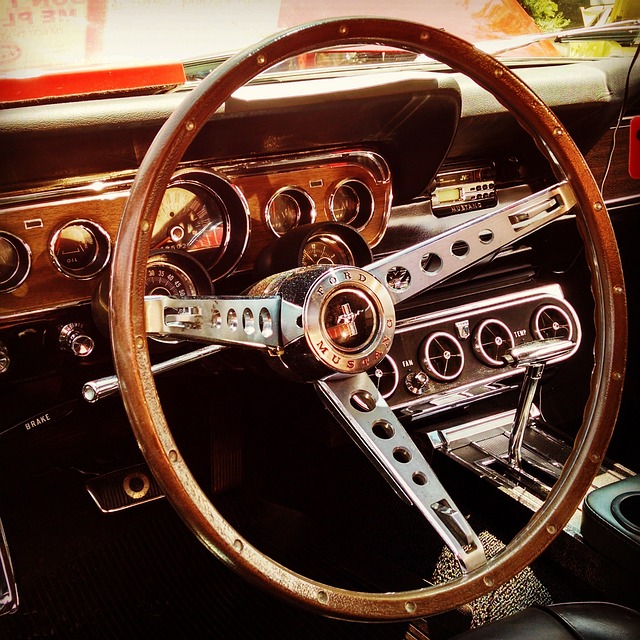After a vehicle collision, a thorough brake system inspection is essential for safety. Regular wear and crash impact can damage intricate brake components. Owners should watch for signs like increased braking distance, unusual noises or pulsing sensations, seeking expert advice promptly from reputable car bodywork services. Comprehensive inspections ensure the reliability of the brake system, prevent accidents, guide necessary automotive repair, and inform collision repair costs. Addressing issues like worn pads, damaged rotors quickly is vital for safety and preventing further damage.
In the aftermath of a collision, identifying brake system issues is crucial for safety. This article guides you through spotting potential problems that may have arisen during a crash. We’ll explore understanding collision-related brake problems, conducting a comprehensive brake system inspection, and recognizing common signs and symptoms of malfunction. By mastering these steps, you’ll enhance your ability to assess and address brake concerns post-collision.
- Understanding Collision-Related Brake Problems
- Conducting a Comprehensive Brake System Inspection
- Common Signs and Symptoms of Brake Malfunction Post-Collision
Understanding Collision-Related Brake Problems

When a vehicle is involved in a collision, it’s crucial to understand that the brake system often bears the brunt of the impact. During a crash, forces are concentrated on the car’s structure, and this can lead to damage or malfunction in the intricate components of the brake system. A comprehensive brake system inspection after any collision is essential to ensure safety.
Regular wear and tear apart from accidents can also cause brake-related issues over time. Signs like increased braking distance, pulsing sensation while braking, or unusual noises when applying the brakes warrant attention. Knowing the potential indicators of collision damage or age-related wear allows vehicle owners to address problems promptly by seeking expert advice from reputable car bodywork services or a trusted collision repair shop.
Conducting a Comprehensive Brake System Inspection

When it comes to identifying collision-related brake system issues, a thorough brake system inspection is paramount. This process involves meticulously examining every component of your vehicle’s braking mechanism, from the visible parts like brakes pads and rotors to the less obvious internal elements such as hydraulic lines and calipers. An experienced technician will use specialized tools to assess the condition of these components, looking for signs of wear, damage, or leaks that could indicate a problem. By conducting this inspection, auto body services professionals can pinpoint issues early on, preventing potential accidents and ensuring optimal vehicle safety.
During an inspection, they may also perform tests like brake fluid checks and pressure tests to evaluate the overall performance and efficiency of your brake system. These evaluations are crucial in identifying not just collision-related damage but also any maintenance needs that could impact future driving experiences. Moreover, understanding the condition of your brake system is vital if you’ve been involved in an automotive collision, as it can significantly influence the scope and cost of required automotive repair or automotive collision repair.
Common Signs and Symptoms of Brake Malfunction Post-Collision
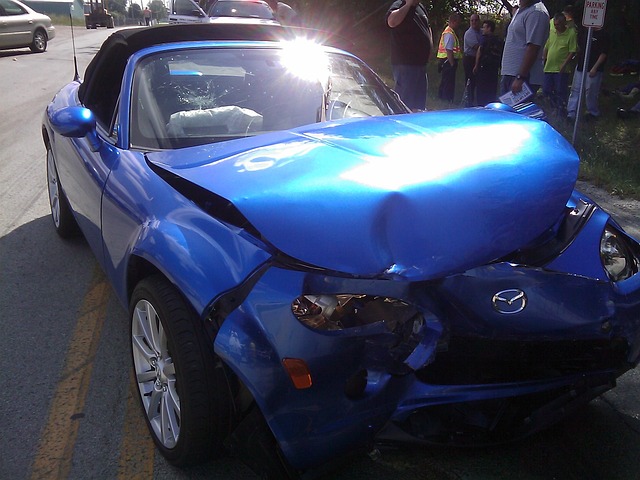
After a collision, it’s crucial to perform a thorough brake system inspection to identify any potential issues. Common signs and symptoms of brake malfunction post-collision include unusual noises like grinding or squealing during braking, vibrations in the pedal or steering wheel, and a pulsing sensation in the pedal. These indicators may suggest worn-out brake pads, damaged rotors, or other components that require immediate attention.
Additionally, if you notice your vehicle pulling to one side while braking, prolonged braking distances, or a noticeable decrease in braking power, these could all point to serious problems within the brake system. Promptly addressing such issues is essential not just for safety but also for preventing further damage to the vehicle, including auto detailing and car paint services or bodywork repairs that may become necessary due to secondary collisions caused by faulty brakes.
After thoroughly understanding collision-related brake problems and conducting a meticulous brake system inspection, it’s clear that recognizing the common signs and symptoms post-collision is crucial for safety. By staying vigilant and addressing any anomalies immediately, drivers can ensure their brake systems operate optimally, preventing potential accidents and fostering confidence on the road. Regular maintenance and prompt attention to these indicators are key to navigating the complexities of post-collision brake issues.

